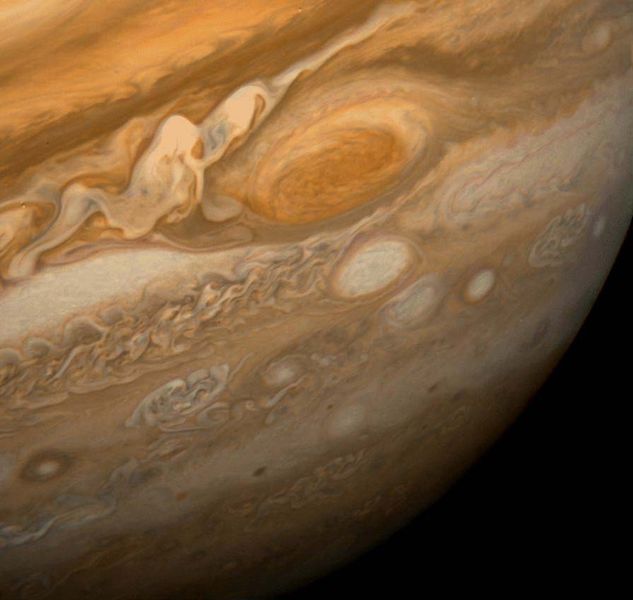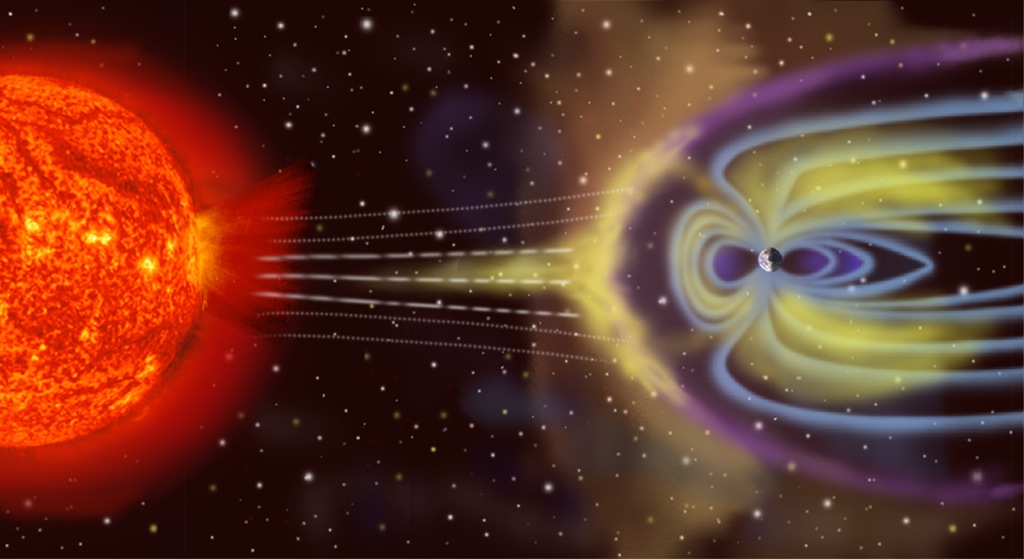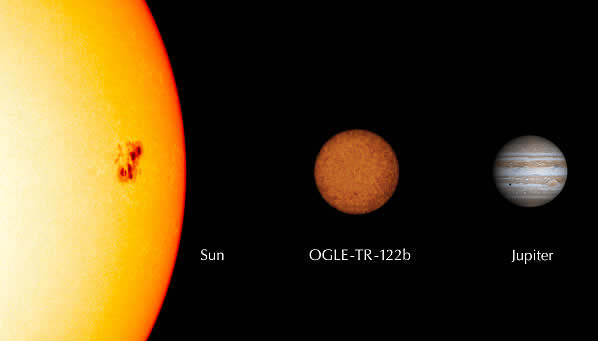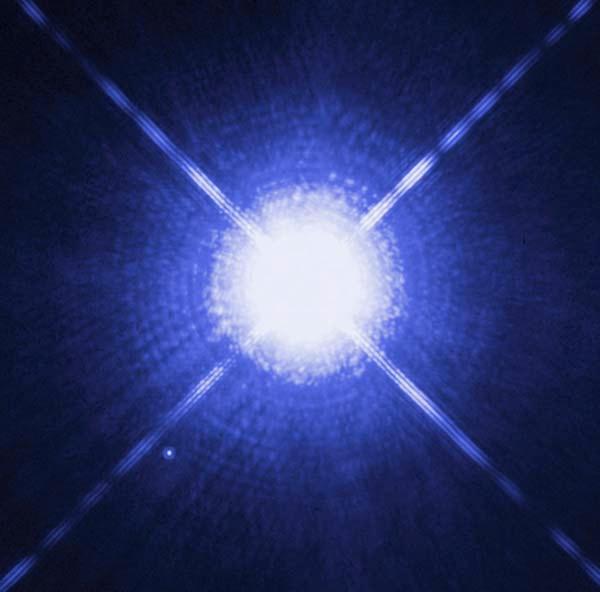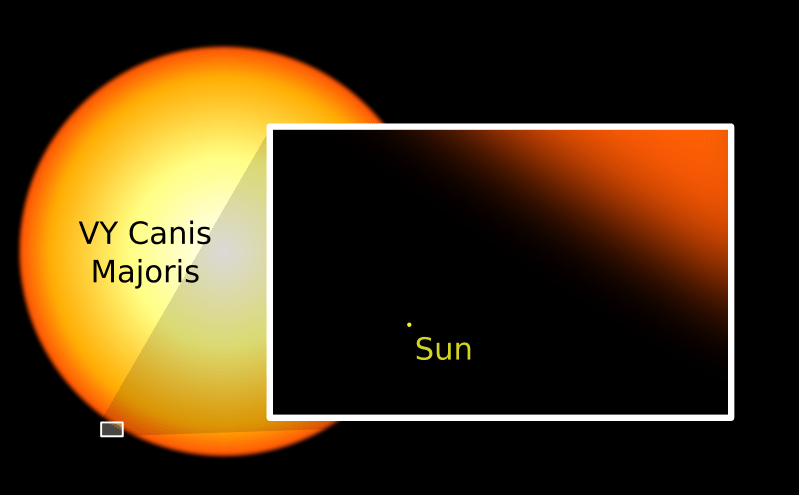The circumference of the Earth in kilometers is 40,075 km, and the circumference of the Earth in miles is 24,901. In other words, if you could drive your car around the equator of the Earth (yes, even over the oceans), you’d put on an extra 40,075 km on the odometer. It would take you almost 17 days driving at 100 km/hour, 24 hours a day to complete that journey.
If you like, you can calculate the Earth’s circumference yourself. The formula for calculating the circumference of a sphere is 2 x pi x radius. So, the radius of the Earth is 6371 km. Plug that into the formula, and you get 2 x 3.1415 x 6378.1 = 40,074. It would be more accurate if you use more digits for pi.
You might be interested to know that the circumference of the Earth is different depending on how you measure it. If you measure the circumference around the Earth’s equator, you get the 40,075 km figure I mentioned up to. But if you measure it from pole to pole, you get 40,007 km. This is because the Earth isn’t a perfect sphere; it bulges around the equator because it’s rotating on its axis. The Earth is a flattened sphere, and so the distance around the equator is further than the circumference around the poles.
Want some comparison? The circumference of the Moon is 10,921 km, and the circumference of Jupiter is 500,000 km.
Here are a bunch of measurements for you:
Circumference of the Earth in kilometers: 40,075 km
Circumference of the Earth in meters: 40,075,000 meters
Circumference of the Earth in centimeters: 4,007,500,000 centimeters
Circumference of the Earth in miles: 24,901 miles
Circumference of the Earth in feet: 131,477,280 feet
Circumference of the Earth in inches: 1,577,727,360 inches
We have written many articles about Earth for Universe Today. Here are some photos of the Earth and Moon together, and here are the 10 most impressive impact craters on Earth.
Want more resources on the Earth? Here’s a link to NASA’s Human Spaceflight page, and here’s NASA’s Visible Earth.
We have also recorded an episode of Astronomy Cast about Earth, as part of our tour through the Solar System – Episode 51: Earth.
Reference:
NASA Solar System Exploration: Earth Facts and Figures



